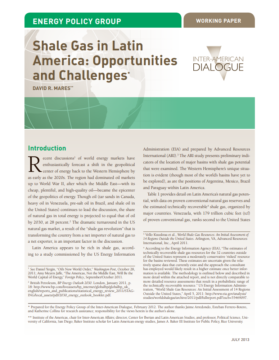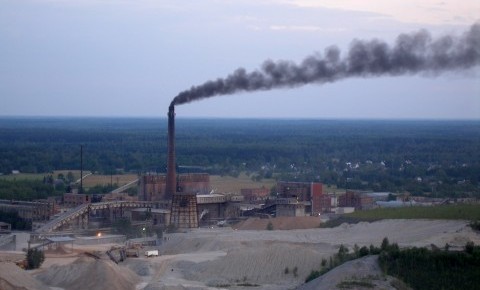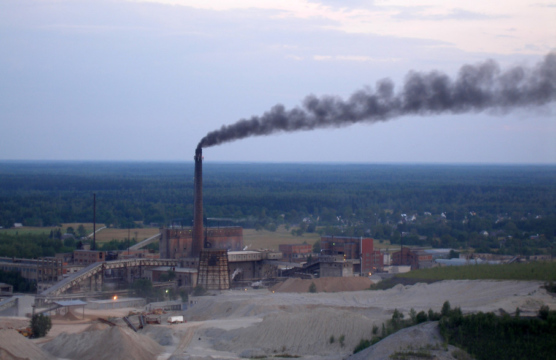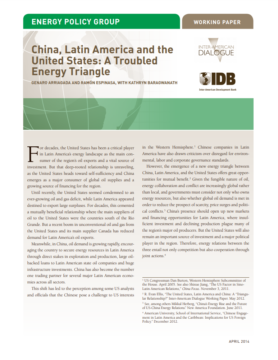
Shale Gas in Latin America
Unless resource nationalism can be made compatible with providing incentives for significant foreign participation, it may be too early to start trumpeting a bonanza for Latin America.
With presidential elections looming next October, international investors eyeing Argentina’s potentially prolific shale gas plays are biding their time. Cristina Kirchner is now well into her last term, marking the end of a government that has heavily regulated the energy industry and imposed economic restrictions that discourage foreign investment. But while anxious for a new administration to take power, investors must realize that some of the important reforms taking place today will set the stage for conditions in the energy sector for years to come.
Argentina’s nascent shale industry represents one of the most promising frontiers for unconventional oil and gas development outside of the US. According to recent studies, the country boasts the second largest shale gas and fourth largest shale oil deposits in the world.
Unless resource nationalism can be made compatible with providing incentives for significant foreign participation, it may be too early to start trumpeting a bonanza for Latin America.
A boom in the production of shale gas and other unconventionals has prompted a rethinking of energy policy in countries throughout the hemisphere and the world.
The US’ standing as the main consumer of Latin America’s oil exports is unraveling as China emerges as a major consumer of global oil supplies.

 Video
Video
